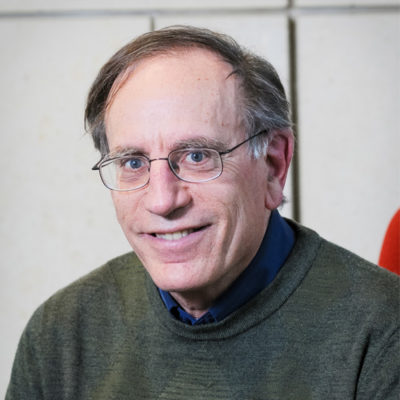Stanford’s Robert Weisberg on FBI Report of Spike in Homicides
New figures released this week by the F.B.I., indicates that the annual increase in homicides in 2020 was substantial—and the largest since national record-keeping began. Here, Stanford Law Professor Robert Weisberg, who co-directs the Stanford Criminal Justice Center, discusses the implications of the rise and possible causes for it.

How significant is the reported increase in homicides?
Well, the number of murders per 100,00 people (the usual measure) is still a lot lower than the peak of the late 80s and early 90s. But the jump in 2020 was anomalously high—and notable for a change to happen so suddenly.
And the crime rate nationally had dropped to a historically significant low, hadn’t it? After the big jumps in the late 80s and 90s.
Yes, there is nothing subtle in the trend graphs. For homicide and most other crimes, there was a sharp and consistent rise from the late 70s until about 1992, and then, with only a brief plateau, a symmetrical drop for two decades thereafter.
What about the geographic distribution of the murder spike? What does that tell you?
It’s strikingly similar among most regions and cities big and small. This casts doubt on the speculation that a key cause is tensions between citizens and police or police feeling constrained by fear of protests or attacks, because those phenomena are not uniformly distributed. Fox News and other conservative news outlets are blaming the spike on poor governance by liberal mayors in big cities. Memo to Fox News: (1) Sampling problem: Most big cities had liberal mayors all the time anyway, even when homicide rates were low; (2) Smaller cities with conservative government saw the same percentage spike last
Legislatures across the country continue to deregulate guns, and gun purchases increased during the pandemic. How significant are guns to the homicides report?
As with other possible causes, social science hits something of a wall here. The spike in guns itself may have multiple causes: people isolated at home because of COVID wanting more protection. Social unrest leading people to think (not necessarily correctly) that they needed them for self-defense. Political propaganda (and not much reality) about how Democrats were going to enact strict gun control laws. But as for more guns causing more murders, we may need to reconfigure the causation: to some extent both more gun purchases and more killings were results of a single cause—emotional and social stress from the pandemic.
So, you agree with commentators who have attributed the pandemic lockdowns to increased crime. But we had fewer school shootings and mass shoots, so perhaps it cut both ways?
Most murders involve disputes and resentments and grievances among people who know each other, all the way from small family units to membership in rival gangs. If there is any consensus among criminologists on the main cause of the murder spike, it’s that the social and psychological effects of COVID, and a fraught world, alas, logically exacerbate those tense relationships.
What policies might help to bend the trend back downward—for violent crimes in the U.S.?
Well, if the criminologists are right, end the pandemic soon! It would be quixotic to say, “heal our volatile politico polarization!” Also quixotic to rely on new efforts to restrict gun ownership. We might see increased emphasis on very localized efforts to identify and isolate and constrain the most prolific violent offenders.
Robert Weisberg is the Edwin E. Huddleson, Jr. Professor of Law and Faculty Co-Director of the Stanford Criminal Justice Center. His scholarship focuses on criminal law, criminal procedure, white collar crime, and sentencing policy.
